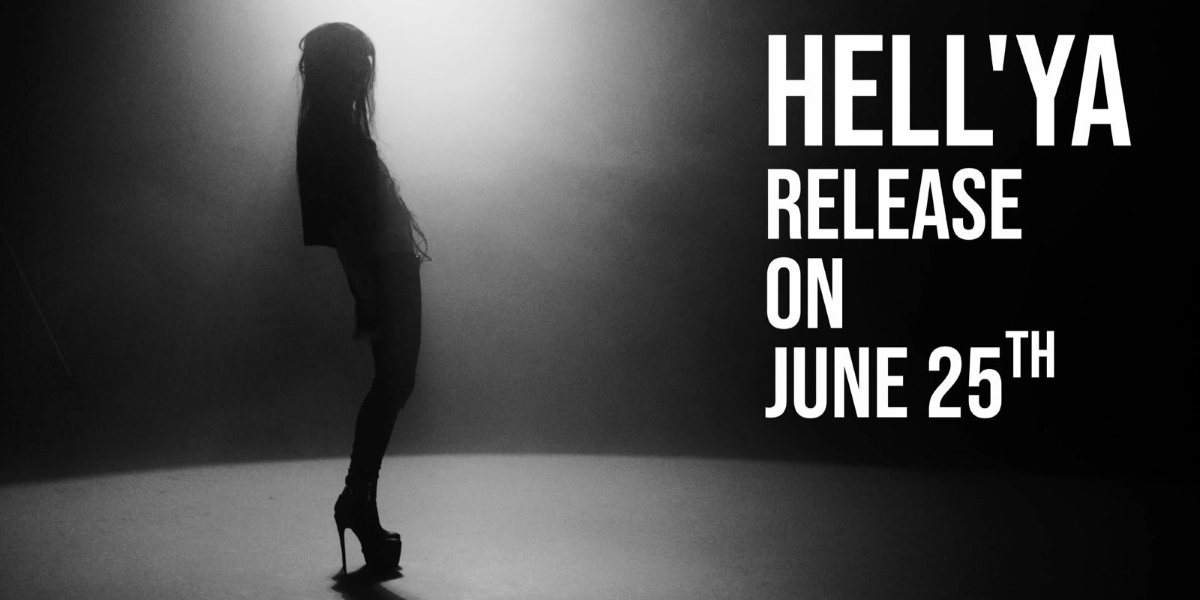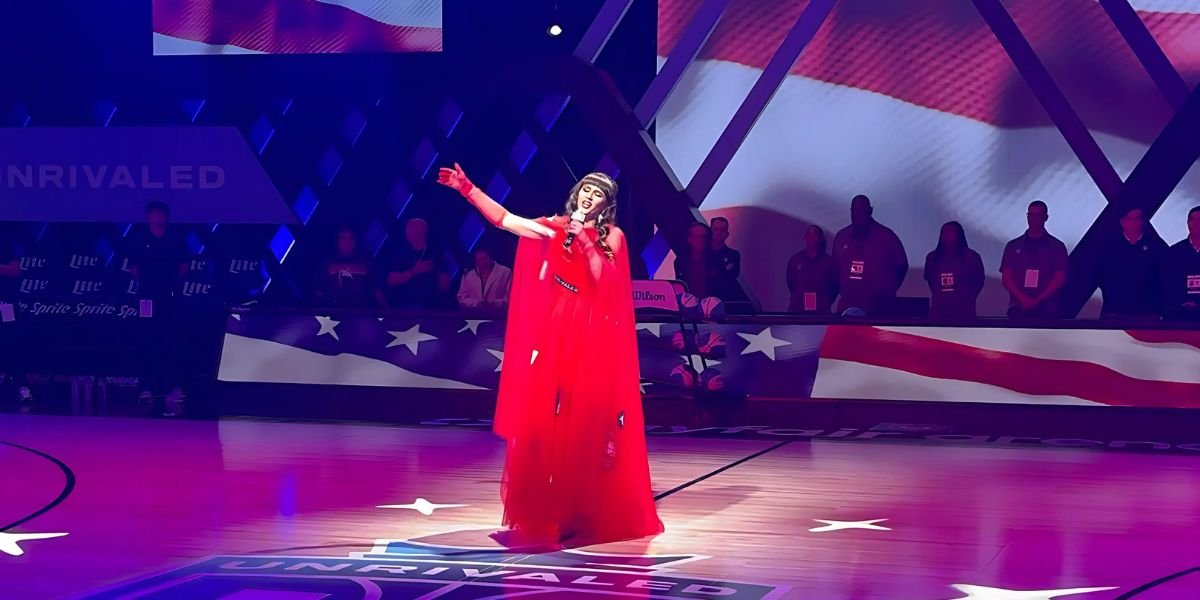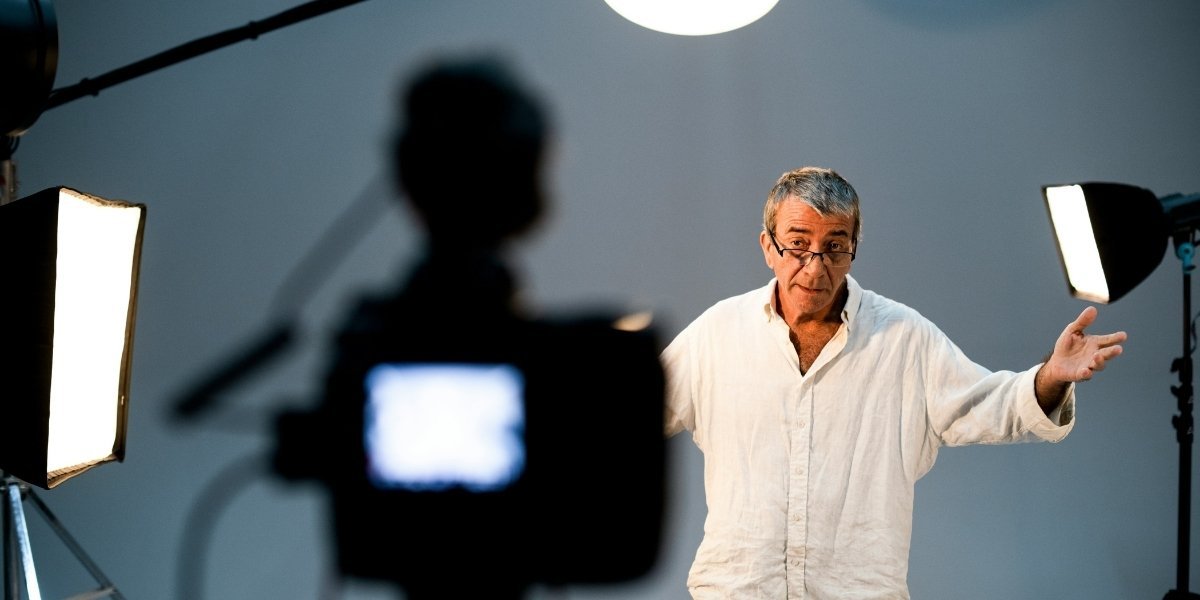The Purpose and Function of Front Acts
Front acts, also known as opening acts or support acts, are an essential part of live music events. They serve several key purposes in the overall concert experience. First and foremost, they warm up the audience, building anticipation for the main performance. A great front act sets the tone for the night, preparing the crowd emotionally and musically for what’s to come.
Beyond this, front acts help fill time before the headliner takes the stage. While the audience waits for the main artist, the front act entertains, ensuring that the event maintains momentum and energy. Additionally, they expose audiences to new music and potential future stars. For many, the opportunity to see an up-and-coming artist in a live setting is a compelling reason to attend a show, making front acts crucial in broadening the musical horizons of concert-goers.
From a promoter’s perspective, including a front act can also help attract a wider fanbase to the event, especially if the opening artist appeals to a similar or complementary audience. This often leads to greater ticket sales and a more diverse crowd, which is mutually beneficial for both the opening act and the headliner.
Read Also: Exploring the Use of Green Tint for Moody Tones in Productions
Artist Development and Exposure
Being selected as a front act for a major tour can be a crucial stepping stone for emerging artists. It offers them the chance to perform in front of larger audiences, gaining exposure to potential new fans who might not have heard of them otherwise. This exposure is invaluable, especially for artists in the early stages of their career, as it provides a platform to showcase their live performance skills and increase their visibility.
For many artists, the opportunity to open for a more established act is their first major break into the mainstream. Front acts often gain recognition through their performances, as a well-received set can lead to increased attention from media, record labels, and industry professionals. The relationships formed with headliners, promoters, and other musicians on tour can also open doors for future collaborations and opportunities within the music industry.
For example, many now-famous acts started as supporting performers, including Ed Sheeran, The Weeknd, and Måneskin. Their early exposure as front acts helped them gain the experience and audience they needed to build their careers and ultimately become headliners themselves.
The Selection Process
The process of selecting a front act is not random; it involves careful consideration by both the headlining artist and the promoter. Factors such as genre compatibility are crucial—front acts typically align with the headliner’s musical style, ensuring a smooth transition between performances and a cohesive concert experience. For instance, a rock band might be paired with another band that plays a similar style, whereas a pop artist might choose a front act that fits within the same genre or fan demographic.
Touring schedules also play a significant role in the selection process. If an emerging artist is already touring and has a growing fanbase, they may be invited to open for a more established act, especially if they are managed by the same label or share mutual connections within the industry. Label affiliations and personal relationships between artists and managers can also influence the decision, as mutual respect and trust are essential for a successful collaboration.
Additionally, the strategic goals of the headliner and the promoter are considered. If the headliner wants to introduce a new genre or style to their audience, they may choose a front act that represents that style. In some cases, promoters may pair acts to diversify the crowd and attract a larger and more varied audience.
The Audience Experience: A Global Connection
The front act plays a pivotal role in shaping the overall concert experience for the audience. For concert-goers, a great front act provides an exciting introduction to new music and can make the event feel like a more immersive experience. Fans may go into the show with no prior knowledge of the opening artist but leave with a newfound appreciation for their music, making these performances a crucial part of the journey.
The energy and mood set by the front act help build anticipation for the main event. As the opening performance builds excitement and gets the crowd moving, it paves the way for the headliner to step onto the stage with a fully engaged and energized audience. The connection between the front act and the crowd can make the entire concert feel more dynamic and communal, with fans sharing the experience of discovering new talent together.
The Dynamics Between Front Act and Headliner
The relationship between the front act and the headliner is often a complex one, marked by both cooperation and competition. Logistically, the front act is expected to work within the parameters set by the headliner’s team, particularly when it comes to stage management, sound checks, and timing. There is often a lot of behind-the-scenes coordination to ensure that the opening act’s performance flows seamlessly into the main show.
While there is generally a sense of camaraderie between the support artists and the headliners, there can also be moments of competition, especially if the front act is up-and-coming and gaining attention quickly. However, many artists embrace the opportunity to collaborate with emerging talent, and the front act can benefit greatly from the guidance and mentorship of the headliner. In some cases, the two acts may even perform together or collaborate on a song during the concert, adding an element of surprise and excitement for the audience.
Memorable Front Act Performances
Over the years, countless front act performances have left a lasting impact on audiences, with some even launching the careers of performers who went on to achieve worldwide fame. One notable example is Eminem, who was once a front act for Dr. Dre before becoming one of the most successful and influential hip-hop artists in history. Similarly, Beyoncé performed as a front act for Destiny’s Child before embarking on her own successful solo career.
These performances are pivotal not only in terms of exposure but also in how they shape the future of the artists involved. Sometimes, a front act performance can surprise an audience with an unforgettable moment, be it a breakout performance, an unexpected collaboration, or a dynamic stage presence that steals the spotlight, as witnessed in the case of Lady Gaga, who opened for New Kids on the Block early in her career.
The Evolution of the Front Act Role
Over the years, the role of the front act has evolved, especially with changes in the music industry, touring practices, and audience expectations. Historically, front acts were simply a way to fill time before the main performance, but today, they play a more significant role in artist development and audience engagement. As the music industry has shifted towards streaming and digital consumption, live performances have become more important for both emerging and established artists, making the front act’s role even more crucial.
As music festivals and multi-act events become increasingly popular, the front act is now often viewed as an opportunity to discover new talent. The rise of social media has allowed front acts to connect with fans and build their own following, leading to a more interactive and engaging concert experience. Front acts also benefit from exposure via platforms like YouTube and Instagram, where clips of their performances can go viral and help them gain even more attention.
Read Also: Unlocking Mainstream Success: How YouTubers Can Thrive as Musicians
Front acts are essential to the live concert experience, offering more than just a warm-up for the headliner. They serve as an important catalyst for artist development, audience discovery, and the overall success of a concert. By creating energy, setting the tone, and offering new music, front acts enrich the concert experience, making them an invaluable part of the live music ecosystem. As the music industry continues to evolve, the role of front acts will remain a critical element in the journey of artists and their connection to fans worldwide.








